According to the Office for National Statistics (ONS), cases of vehicle-related crimes in England and Wales have significantly declined over the past few decades. While this is comforting news for car owners and a broad recognition of the improved security measures included as standard in new vehicles, we should remember that car thieves have not stopped operating.
It is therefore important not to become casual about vehicle security and run the risk of becoming a crime statistic ourselves. With that in mind, the following points are our top recommendations for improving car security.
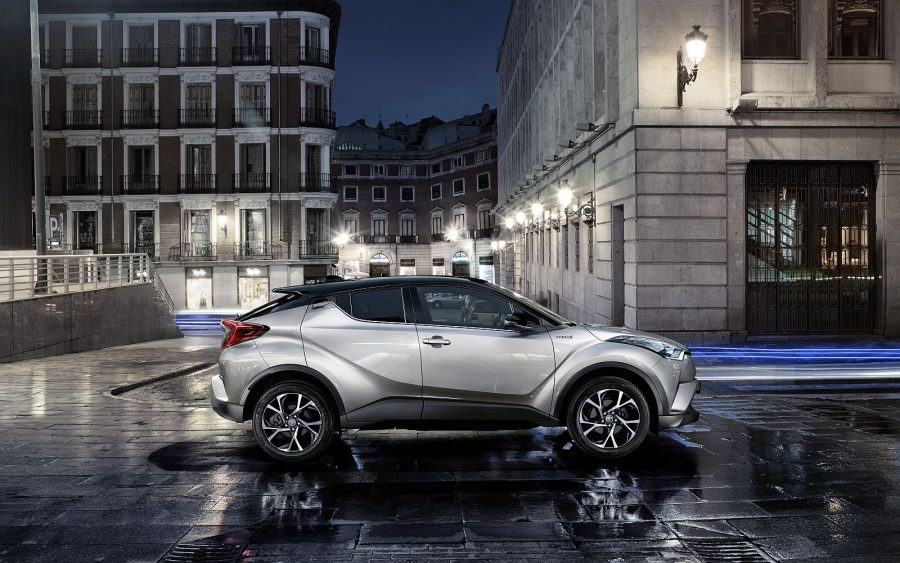
1. Lock your car
This advice may seem obvious but ONS crime figures show that car owners consistently forget to apply this most basic security feature. Almost half of all vehicle-related thefts are because thieves had gained access through an unlocked door.
Get in the habit of always locking up, even if you will only be away from the car for a few seconds. Don’t solely rely on a quick press of the key fob either: check for audible or visual signals that the car has actually locked before you walk away. And if your car has door mirrors that can automatically fold in when the car is locked, be sure to activate this feature – thieves recognise it is a clear visual sign of a locked car.
2. Keep valuables out of sight
Opportunist thieves are often looking for easy-to-grab valuables that have been left on display. Police report that items such as jewellery, bags, purses and wallets, cash, credit cards, clothes and documents are the most commonly stolen in vehicle-related crimes.
Reduce this risk by stashing valuables out of sight, such as in the glove box or boot. Better still, take those items away with you. And if you’re going to leave the car for a longer period of time, consider clearing the boot entirely and removing the parcel shelf or load cover to show thieves that there is nothing to steal.
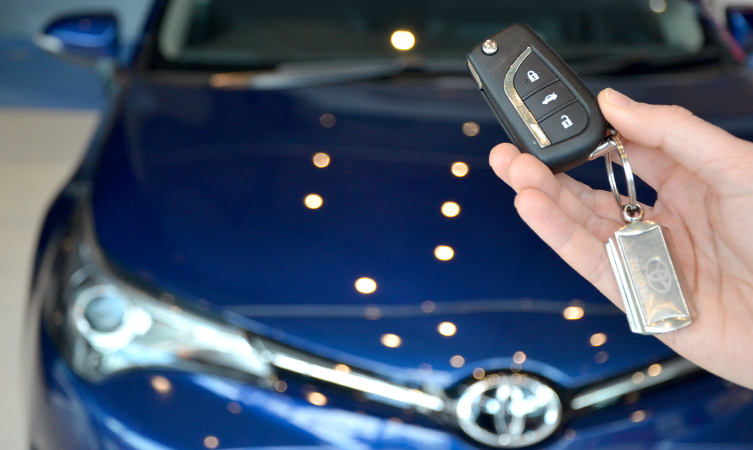
3. Be mindful of signals
Many modern cars are equipped with a keyless entry and start system – a convenience which sends a constant signal from the key fob in order to unlock the vehicle’s doors and de-activate the immobiliser as you approach. Although it is possible for tech-savvy thieves with special equipment to hijack this signal, they must be in close proximity to the key or vehicle.
So if you doubt the intentions of anybody in the immediate vicinity of your vehicle, wait for them to leave before approaching the car. Better still, whenever you are not driving, block the signal from the key by keeping it in a metal box or Faraday pouch. This is equally important at home as thieves can use a ‘daisy chain’ of receivers to relay the signal from the key (which is probably kept near the front door) to open the car.
4. Secure your port
Every new car sold in the UK since 2003 has been equipped with an on-board diagnostic port. Abbreviated to OBD, this port is a computer connection that allows the car to communicate messages about its mechanical health to an authorised technician. Unfortunately, thieves have discovered that with special equipment they can use this OBD port to programme blank keys to work with the car.
For this reason, some owners choose to secure their OBD port with an aftermarket lock. Typically, this can either be a lockable metal box that covers the port itself, or an electronic lock that works alongside the original immobiliser to disable the port when the ignition is off.
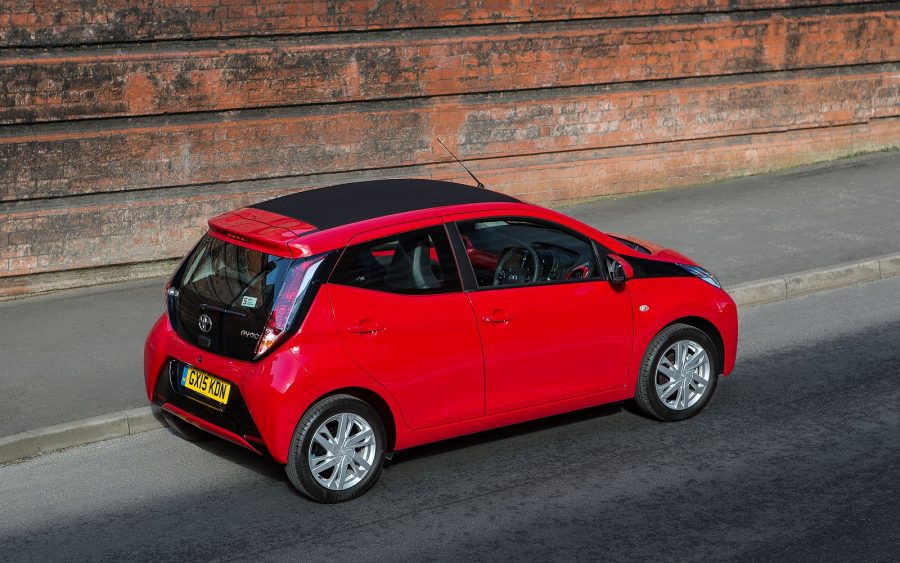
5. Protect your cat
Your catalytic converter, that is. The ‘cat’ forms part of your car’s emissions control system and cleans exhaust gases before they are expelled through the tailpipe. Unfortunately, the precious metals inside the cat that help to neutralise these passing gases are exactly that – precious. Which means that the catalytic converter itself has become a target for thieves.
Some owners have taken action to deter thieves by invisibly marking their catalytic converter with a forensic marking fluid, such as that provided by SmartWater. Mechanical theft prevention products such as Catloc devices can also deter thieves. These measures are explained in more detail in our dedicated article on catalytic converter theft.
6. Park with care
Thieves do not like performing in front of an audience, so the place where you park has a bearing on the vehicle’s vulnerability. ONS statistics show that the likelihood of experiencing a car-related crime is much lower in busy, town centre parking areas. This is especially true when car parks are well-lit and have manned or CCTV security coverage.
Similarly, the time at which you park your car has a bearing on its security. Most instances of car-related crimes occur in the early hours of the morning, so avoid leaving in your car in a dark, unfamiliar area overnight.
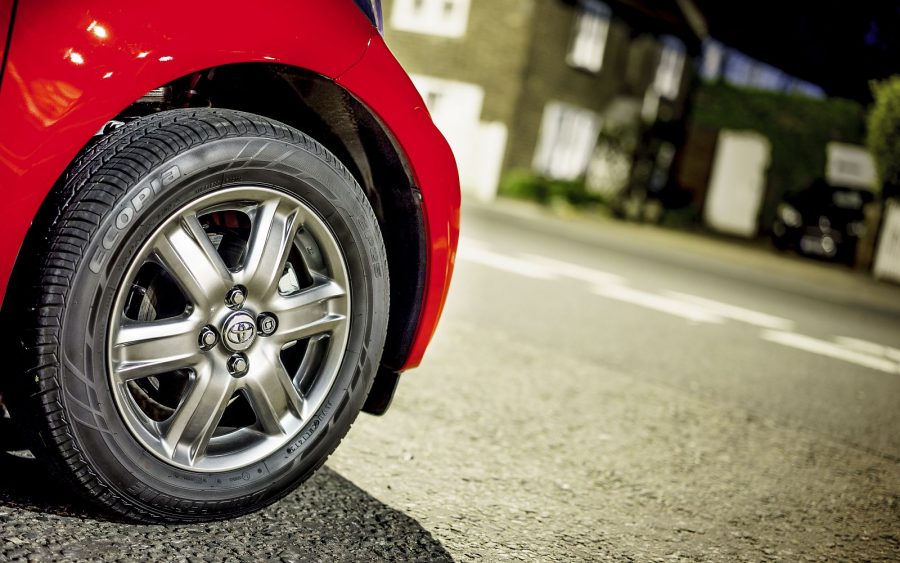
7. Extra security
Modern vehicles invariably come with a high level of built-in security – the specific features of which are usually designed to react in the event of an incident. But there are simple things you can do to actively dissuade a thief from pursuing an attack on your car.
The use of a brightly coloured mechanical device locked across the steering wheel, gear lever or clutch pedal will provide an excellent visual deterrent to a would-be thief. We may be living in a digital age but nothing will persuade an opportunist to leave your car alone more effectively than a good old-fashioned piece of ironmongery. Or for that matter, a snarling dog.
More information on preventing car crime can be found by visiting the Police UK website – www.police.uk – and by searching ‘car crime’.
NB: Details were correct at the time and date of publication
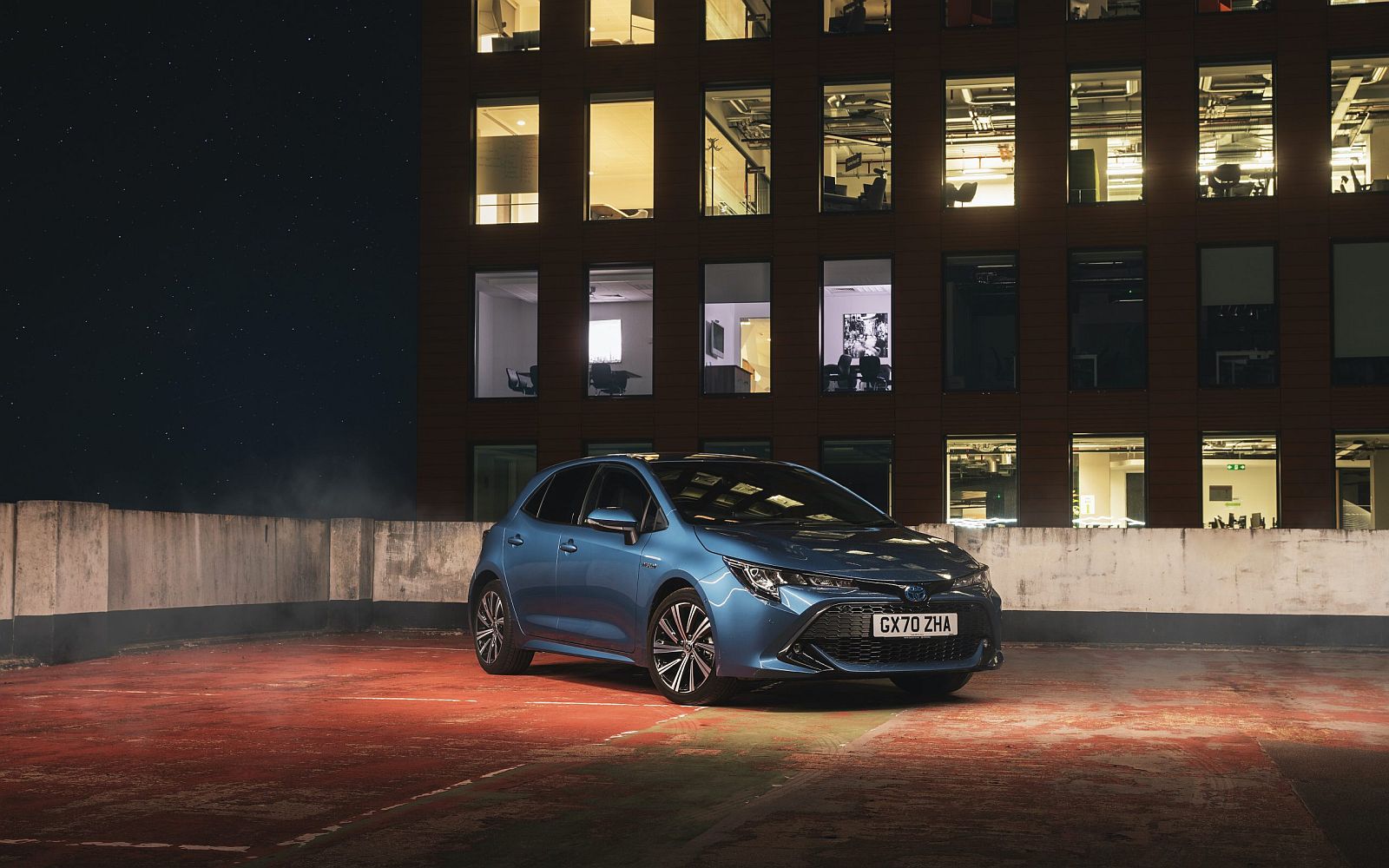

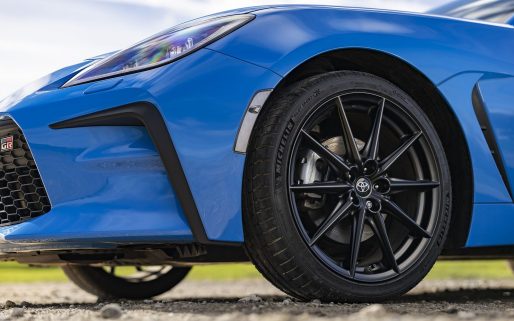

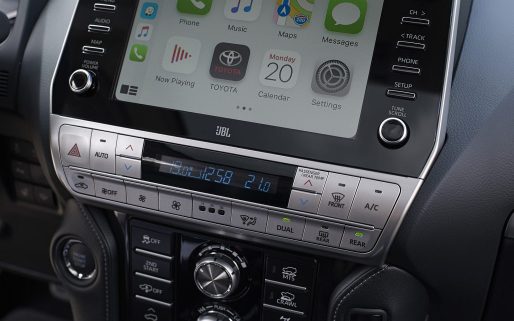
I have just had my 2020 Toyota RAV4 stolen after spending all the money I have and owning it for 2 weeks. It had a Disklock lock on the wheel. They tried to steal it the week before which the police ignored. Then I arrived to an empty parking space.
I bought from Steven Eagell – at no point at all was I informed about this issue which is resulting in so many RAV4 thefts.
Why are Toyota not upfront about this issue and why on earth aren’t all of these cars fitted with adequate security and immobilisers, trackers as standard?
If I buy another car from Toyota I would really like all of the above to be covered free of charge.
Hi there, thanks for your comment.
We’re really sorry to hear that your RAV4 has been a target of vehicle crime. We are currently in a rolling out further precautionary measures to affected vehicles and this is something Toyota Centres are best placed to advise further on.
Thanks,
Toyota UK
Hi
I am about to take delivery of 2024 rav 4 gr sport
And I am shocked to hear how vulnerable to theft it is… please can you tell me what measures Toyota have taken to reduce this threat .
I don’t feel comfortable talking to your dealers
As they are economical with the truth so they don’t
Loose a sale
Kind regards
Keith
Hi Keith,
Thanks for your comment.
In October 2022, we started to introduce enhanced security hardware on the latest versions of the models that had previously been targeted by criminals.
Since then, we have seen a significant drop-off in terms of successful thefts of those models.
As such, your RAV4 will not be vulnerable to CAN bus theft.
We hope this helps.
Thank you.
Woow reading all these tells can’t buy any Toyota in Europe they get stolen someone said they get stolen from Europe and Sold in Pakistan and Africa well time for Toyota to invest in that may be to prevent those buyers buying them so that thieves won’t enjoy!
Hi,
I have recently contacted Toyota customer service regarding my 2019 rav4 and asked about CAN bus gateway blocker. I am told that I have to pay for the CAN bus plates and installation. I was expecting Toyota to look after is as this is a security flaw at their end.
Hi Shahid,
Thanks for your comment.
There are no design flaws or faults. All models of Toyotas past and current are fitted with
security systems aimed to deter and prevent various crimes. It’s not the vulnerability of the
security systems but more so the growing rise in criminal gangs targeting vehicles for
dismantling and / or complete theft, using highly advanced methods of entry.
Thanks,
As a software engineer, I must respectfully disagree with the claim that there are no design flaws or faults. If the current security systems were truly effective, we wouldn’t consistently see Toyota models—particularly the RAV4—appear among the top five most stolen vehicles. This trend suggests a specific vulnerability that is being repeatedly exploited, rather than a general rise in vehicle theft across all brands.
Blaming advanced criminal methods doesn’t absolve the manufacturer of responsibility. If these tactics are known, then so too should be the countermeasures. The current deterrent systems are clearly insufficient, and Toyota should take swift action to address the issue by providing additional security upgrades—free of charge—to affected models.
Failing to do so not only puts customers at risk but also jeopardizes Toyota’s reputation. Once these flaws become common knowledge, rebuilding trust will be far more difficult than proactively addressing the issue now.
my 5 month old 2500 mile Rav 4 was stolen this morning. I have been disgusted to find out that the nature of theft was something Toyota has been aware of for SOME YEARS.
during the sales procedure the salesperson was quick enough to highlight all the positive points to gain a sale.
why why why was I and other potential customers not advised of the ease someone can steal this vehicle…. in under 5 minutes inside the wheel arch and the car was gone, the vehicle is unlocked and starts by sending a false signal to the cars ECU.
if Toyota are unable to remedy this security breach they need to tell the customers that there vehicles are not secure and that the vehicle alarm system fitted from the factory is as good as useless.
when I phoned the sales person who sold me my vehicle about this issue she said we can look at additional security measures on my next purchase… being told beforehand should have been part of the sales pitch.
Hi Paul,
We are so sorry to hear that you have been a victim of horrible crime.
We are continuously striving to improve our vehicles and whilst, regrettably we cannot guarantee that these efforts will eliminate all criminal activity and theft. We are working closely with the authorities to raise awareness of this crime as well as our technical teams, both here and with Toyota Motor Europe and our insurance experts to look at ways to further protect our vehicles and to develop technology and components to try to prevent vehicle thefts.
If there is anything else we can assist you with at this time, please let us know.
Thank you.